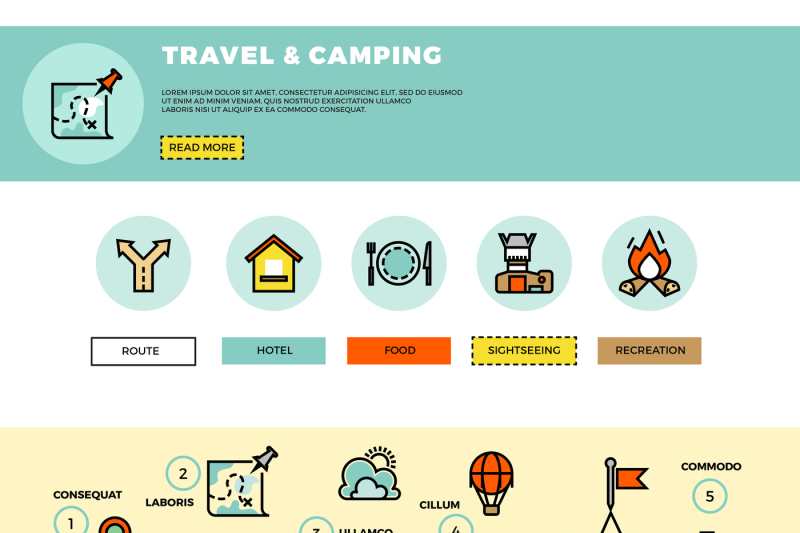Normally consisted of with camping tents, man lines improve shelter longevity by sustaining the framework in adverse weather conditions. They advertise air flow by preserving a vital splitting up between the camping tent body and rain fly, and they lower textile drooping that can cause structural instability or discomfort.
Suitable man line product has adjustability for fine-tuning the tension and maintaining it taut, and holds adjustable knots like the taut line drawback well.
1. Polyester
Polyester has long been a favourite fabric fibre for its longevity. Established by the DuPont Firm during World War II, it quickly ended up being prominent as a substitute for all-natural fabrics like cotton because of its remarkable stamina and wear-resistance. Polyester is likewise flexible, implying it can be formed and shaped as needed to fit the requirements of the product. Its low-maintenance nature and crease-resistant properties make it easy to look after.
There are numerous sorts of polyester available on the market, including animal polyester (polyethylene terephthalate) and PCDT polyester (poly-1, 4-cyclohexylene-dimethylene terephthalate). The latter is less usual but is more flexible than its pet dog equivalent, making it optimal for heavy-duty applications like drapes or furniture. One more option is plant-based polyester, which makes use of eco-friendly active ingredients and has a lower environmental influence than pet dog polyester. However, plant-based polyester is extra expensive to generate and is less sturdy than its pet dog and PCDT textile matchings. In spite of these drawbacks, polyester remains a preferred and flexible material for many items.
2. Nylon
Nylon is a preferred engineering product with a remarkable collection of advantages. Its toughness and longevity make it a dependable option for individual lines, while its versatility enables personalized applications.
Nylon withstands abrasion and rubbing with contact surfaces, making it excellent for applications that require constant use or high loads. It is additionally immune to rot and mildew, which extends its life-span in exterior settings. In addition, its elasticity lowers stress on hardware and equipment.
Nylon can be formed into different stock shapes, consisting of poles, tubes, and sheets, that makes it an exceptional selection for production. Its convenience of manufacturing adds to its cost-efficiency, allowing it to compete with more expensive natural products. It dries rapidly and can be tinted to achieve preferred visual appeals, even more increasing its appeal to producers. Its tent flooring reduced dampness absorption likewise avoids mold and fungi from expanding externally. This minimizes maintenance time and expenses for devices that utilizes nylon line.
3. Polypropylene
Polypropylene is among one of the most widely used plastics on the marketplace today. It is produced with a process called polymerization that makes use of titanium-based stimulants, co-catalysts and hydrogen to regulate the molecular weight. The end outcome is a semi-crystalline product with a low melting point and outstanding chemical and anxiety resistance residential or commercial properties.
This material is usually modified to enhance quality, fire retardancy or radiation resistance. It can additionally be compounded with other materials to create a range of products. As an example, the PSA Peugeot used a polyester-based compound made with 30% sliced abaca fibre to make door panels and upper and lower trim elements for its lorries.
In addition to its exceptional tiredness and anxiety resistance, polypropylene uses remarkable chemical resistance, specifically to watered down acids. These advantages, paired with its biological-resistant properties, mean that it is perfect for creating medical equipment like Petri dishes and specimen bottles. It can even be used to make surgical tools.
4. Cordura
This tough material is made from high-tenacity woven nylon or polyester INVISTA(tm) yarns and is solid and resistant. Two times as durable as nylon and three times stronger than cotton canvas, cordura is a great choice for tools that gets rough usage.
Its high sturdiness minimizes deterioration, expanding the life of items like backpacks, workwear, and gear, minimizing prices for substitute. Its adaptability and stamina also make it appropriate for military equipment, exterior garments, knapsacks, and baggage.
A common material for printed garments, knapsacks, and luggage, it can be customized with a wide range of finishing and shade alternatives to match your company's brand name. You can also locate liable choices made from recycled materials like Cordura re/cor(tm) RN6, an environmentally friendly version that makes use of post-industrial waste. It's a sustainable option that fulfills the exact same high-performance standards as conventional Cordura textiles.
